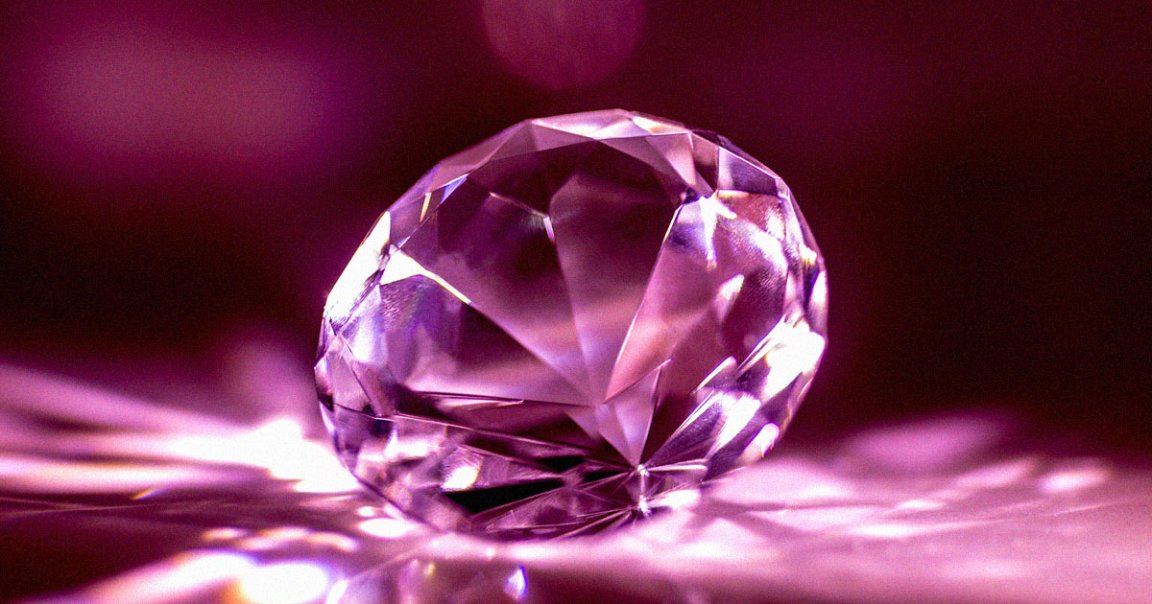
Diamond Eyes
Pink diamonds are so incredibly rare that they can sell for many millions of dollars.
Scientists believe the ultra-rare gems turn pink or red when tectonic plates collide with unusually strong forces, causing their crystal lattices to literally bend, as CNN reports.
Now, researchers claim to have found a new way to source them, honing in on the geological processes that caused pink diamonds to form and come up to the surface from deep below.
As part of their discovery, they found evidence that pink diamonds from the Argyle diamond deposit mine in Western Australia may date back to the time an ancient supercontinent, known as Nuna, split up into many fragments several billion years ago — a fascinating glimpse into the early stages of the formation of our planet’s crust.
Continental Breakup
According to Live Science, the Argyle deposit is the source of 90 percent of pink diamonds ever discovered. The new theory, as detailed in a paper published in the journal Nature, suggests that these rare gems are around 1.3 billion years old, roughly 100 million years older than previous estimations.
The researchers used an extremely narrow laser beam, pointed at diamonds supplied by mine owner Rio Tinto, along with mass spectrometry to come to their conclusion.
The data suggested that the diamonds formed around the time Nuna broke up to create the Argyle formation in Western Australia. Movements of these colliding crusts caused these rare diamonds to float to the top in a matter of just days or weeks, the researchers suggest.
“I think we’re seeing how in general, the mantle is destabilized when supercontinents break up,” lead author Hugo Olierook, a research fellow at Curtin University in Australia, told Live Science. “That rifting process seems to not just work the edges, but also seems to work in the middle of continents, and that’s perhaps what is allowing diamonds to come up in the middle of them.”
Pink Treasure
That leaves the question: where are more of the sought-after diamonds hiding?
Olierook and his colleagues’ research suggests more of them may be buried under a thick layer of rock and sediment.
“Most diamond deposits have been found in the middle of ancient continents because their host volcanoes tend to be exposed at the surface for explorers to find,” said Olierook in a statement. “Argyle is at the suture of two of these ancient continents, and these edges are often covered by sand and soil, leaving the possibility that similar pink diamond-bearing volcanoes still sit undiscovered, including in Australia.”
In his interview with Live Science, though, Olierook sounded a bit more optimistic.
“I do think we will find another Argyle, another pink diamond treasure trove,” he said, “but it’s going to take a lot of luck.”
More on diamonds: Scientists Spot Star Transforming Into Colossal Cosmic Diamond